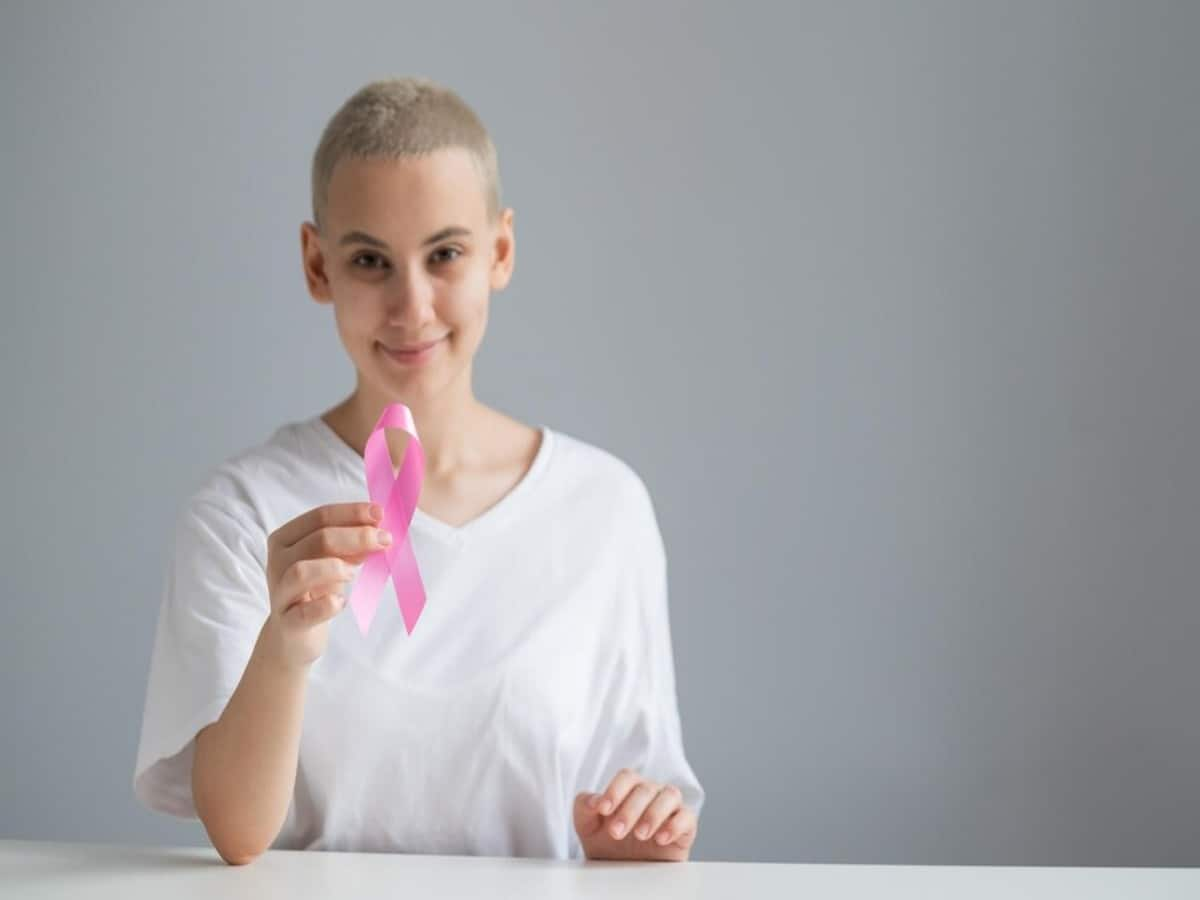Share this @internewscast.com
Moving ahead, some challenges need to be addressed, such as increasing access to these cutting-edge therapies to a broader population, improving affordability, and setting up robust clinical trials to establish the safety and efficacy of these treatments.
Breast cancer is a common form of cancer that affects millions of people globally. According to the World Health Organization (WHO), in this disease, abnormal breast cells grow and form tumors, and if left unchecked, they can spread throughout the body. Breast cancer cells begin inside the milk ducts and/or the milk-producing lobules. The earliest form is not life-threatening and can be detected in early stages. The cancer cells can spread to nearby breast tissue, creating tumors that cause lumps or thickening. Invasive cancers can spread to the nearby lymph nodes as well, or to other organs and metastasise. Metastasis can be life-threatening and fatal. The WHO said there were 2.3 million women diagnosed with breast cancer and 6,70,000 deaths globally in 2022. It occurs in every country, in women at any age after puberty, but with ‘increasing rates’ in later life.
Innovative Treatments For Breast Cancer
Due to its complex nature and resistance to traditional therapies, advanced breast cancer — including metastatic and recurrent forms — can be a challenging affair for many medical professionals, says Dr Sachin Trivedi, director, medical oncology, HCG ICS Khubchandani Cancer Centre, Mumbai. According to the doctor, in recent years, advancements in targeted therapies and immunotherapies have shown promise for improving outcomes for patients with advanced breast cancer.
In fact, there has been a ‘surge of interest and investment’ in research to develop ‘innovative treatments’ that offer ‘improved patient outcomes’, ‘enhanced quality of life’, and ‘increased survival rates’ for people in the advanced stages of cancer.
Innovative Therapies
Dr Trivedi says in the coming years, these innovations have the potential to transform breast cancer care while also providing personalised, effective, and dynamic strategies to tackle the disease’s complexities.
Targeted therapies: Unlike conventional chemotherapy, which impacts both healthy and cancerous cells, targeted therapies are specifically targeted at cancer cells. For instance, HER2-targeted therapies like trastuzumab have reformed the treatment of HER2-positive breast cancer cases by significantly improving patient outcomes and survival rates.
Immunotherapy: This method harnesses the body’s immune system to recognise and attack cancer cells. For example, immune checkpoint inhibitors such as pembrolizumab have shown considerable efficiency in tackling ‘specific subsets’ of breast cancer patients, particularly those with triple-negative breast cancer (TNBC).

Precision medicine and genomic profiling: Genomic profiling and precision medicine advancements have enabled healthcare professionals to create a more personalised approach to treating advanced breast cancer cases. Clinicians can identify specific mutations or alterations within a patient’s tumor to create a selection of targeted therapies tailored to the individual’s specific molecular profile.
Hormone therapies: Hormone receptor-positive breast cancer, which forms a significant proportion of advanced cases, can reap a lot of benefits. Novel agents like CDK4/6 inhibitors, such as palbociclib and ribociclib, combined with endocrine therapy, have remarkably succeeded in slowing down cancer progression while improving overall survival rates.
Combination therapies: Combinations of targeted therapies, immunotherapies, and traditional chemotherapy can improve treatment responses, overcome resistance mechanisms, and improve long-term outcomes for patients who are suffering from aggressive forms of breast cancer.
Liquid biopsy: A non-invasive method for monitoring disease progression and identifying potential therapeutic targets in real-time, this approach allows for timely adjustments to treatment strategies based on the evolving genetic landscape of cancer. Liquid biopsies provide valuable insights into tumor heterogeneity, resistance mechanisms, and treatment response as they can comprehensively analyse the circulating tumor DNA (ctDNA) and other biomarkers in the blood.
What Are The Challenges Ahead?
Dr Trivedi points out that challenges include increasing access to these cutting-edge therapies to a broader population, improving affordability, and setting up robust clinical trials to establish the safety and efficacy of these treatments.
“There is a need to continue researching and developing these novel therapeutic methods while seamlessly integrating artificial intelligence and machine learning to analyse vast datasets for more personalised treatment strategies. Collaboration among researchers, clinicians, pharmaceutical companies, and patient advocacy groups will be pivotal,” the doctor concludes.










